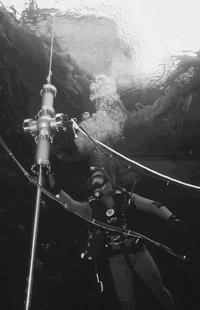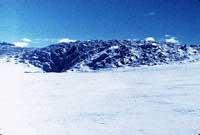Antarctica, natural laboratory. Experiences on the frozen continent
2003/07/01 Agirre Iraeta, Eneko Iturria: Elhuyar aldizkaria
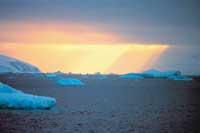
Antarctica is the continent farthest from man-colonized lands. The nearest South American Land is 1,000 km away. Australia and New Zealand are 2,500 km away and Africa is 3,300 km away. It is surrounded by the noisy seas, and around Cape Horn (far south of Chile) the waves reach a height of 12-14 m. That is why it is very expensive and difficult to reach Antarctica.
It is the coldest and windy continent: -They have reached temperatures of -89 °C and winds of 320 km/h. In addition, Antarctica, with an average height of 2000 m, is the highest continent on Earth.
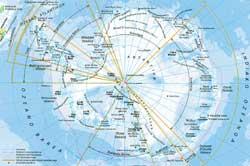
It contains the largest reserves and concentrations of freshwater ice on the planet, and the functions of the ocean and ice sheet surrounding Antarctica are essential in certain global natural processes. The geographical situation and environmental conditions of Antarctica make it a privileged place for scientific research and the study of the past, present and future of the planet.
Moreover, the special administrative system, constituted in the Antarctic Pact, guarantees, among human actions, the priority of scientific research and environmental protection. It is a region without military and nuclear power is prohibited. Although several nations claim their property, it is world heritage.
Natural laboratory
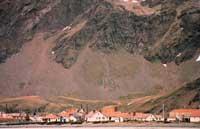
Antarctica has become an unbeatable natural laboratory for various fields of science. It contains the best climatic records of the past. Most of the information is on ice. For example, gas trapped in ice bubbles is analyzed. The Antarctic ice sheet has an average thickness of 2,500 m, arriving in some places at 5,000 m.
This year's polls have extracted ice samples that witness the atmosphere of 800,000 years ago. The research of these registers is of great importance in the interpretation of current climate change and in the development of forecasting models.

In Antarctica there are numerous weather stations that renew information at all times. These stations collect relevant information about the current climate. Thus, in the first 30 km of the atmosphere ozone, carbon dioxide, temperature and humidity are measured.
The ozone layer hole, for example, was first observed in Antarctic studies. Nor can we forget the release of large ice cubes (the largest so far measured had a length of 300 km and a width of 100 km) directly related to climate and sea level variations.
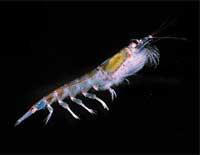
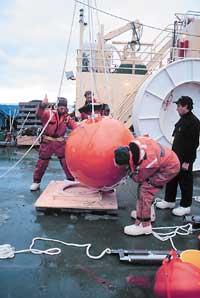
Antarctica has also become a center for oceanographic studies. Its waters, the coldest and the most dense, sink rapidly, so that, like the conveyor belts, the marine currents make them pass through all the seas of the planet. This special relationship with all oceans is why numerous research is being conducted. In fact, its influence on the Antarctic ocean affects all the oceans of the planet.
From a biological point of view, life has had to adapt to extreme environmental conditions. Antarctica's best-known animal, the penguin, has barely three months to raise eggs and chicks. Therefore, it is an ideal place to investigate the adaptation of living beings to extreme conditions.
The trophic network is very sensitive and the base is formed by the crustacean known as krill. For example, the whale eats more than four tons of krill a day. It is a very abundant food source that has been studied as human food. Human action can cause great catastrophes in this trophic network.
As for the vegetation, we will not find forests or bushes, but live 400 species of lichens, such as the fruticulosos lichens of the genus Usnea. You can also find mosses and two species of grasses have managed to colonize the territory. Therefore, it is the ideal place to investigate the first steps of terrestrial colonization or perform physiological studies, since it is very far from the foci of pollution. Also important are microbiology studies, which are carried out mainly in freshwater sediments.
To mention another line of research, 90% of the 20,000 meteorites that have arrived on Earth have been found in Antarctica.
Geological and paleoclimatic information
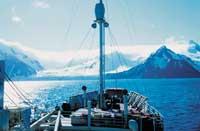
From a geological point of view it is a relatively stable environment. Although they are known in the area, in the same continent there are hardly earthquakes. Active volcanoes are relatively abundant, such as the Erebus (3,700 m). Rocks of 150,000,000 years, from the Jurassic era, retain remains of vegetation of subtropical environment. Thus, we know that in ancient geological times Antarctica was in temperate latitudes. Therefore, Antarctica has not always been covered with ice.
The geological and paleoclimatic information hidden under the Antarctic ice sheet explains that the glacier of continental shape and size began to appear 37 million years ago. From these geological times, Antarctica has been quite far from South America and Australia, forming a circumpolar current. Thus, the Antarctic waters have mingled less with the surrounding oceans since then and the continent has cooled more.
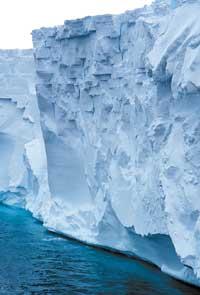
These processes and relationships are maintained. But since 600,000 years the Earth's temperature and ice sheets have changed many times. 18,000 years ago on Earth there were four times more ice than today. But the same thing happened 130,000 years ago, or 200,000 years ago, 330,000 years and 400,000 years ago. These are natural cycles, according to which we are currently on a stretch of glaciation.
We live in a rather temperate era, with little ice and high sea levels. Although the human species did not live on earth, it would be so, but that does not mean that we do not have to take care of human influence. Apparently, man is joining these natural cycles and causing interference.
We have never had the same ability we have today to transform natural cycles, and the effects of global warming can lead to ruin. Due to this warming, the glaciers of the planet are retreating. In this sense, the most important current line of research in Antarctica aims to measure human influence in this cycle. It is not easy to give a quick response.
Antarctic Lakes
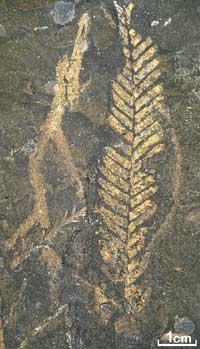
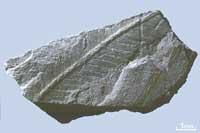
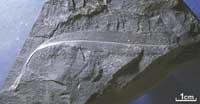
The existence of lakes in Antarctica has long been known; they are freshwater reserves located under the ice sheet, and we know about one hundred. These lakes are originated by the inner heat of the Earth and not by the Sun.
In the mid-1990s, a giant lake under the ice sheet of the Russian base of Vostok was discovered. It is 4.5 km deep and occupies more area than Navarra. It has been a million years without contact with the atmosphere and is believed to host many unknown microorganisms.
Therefore, the survey, initiated by the Russians, stopped four years ago at 140 m from the lake, since the substances used for its elaboration have been able to contaminate the lake.
At present, and according to researchers from all nations, the survey is still standing and will continue until adequate technology is available to drill without contaminating. These lakes have special interest in orienting spatial research, as planets or satellites with ice sheets that can contain fresh water, such as the Europe satellite of Jupiter, are known.
Current Antarctica
In present-day Antarctica are more arid regions than in the Saharawi Atakama desert. The powerful anticyclone, based on it, makes few rascas get in.
Every winter the sea around Antarctica freezes and is a very important process for the planet. Each year 20 million km2 of seas are frozen.
In summer 16 million km 2 merge. That is, in summer only 4 million km 2 of the frozen sea are in this situation. The surface of the melting ice sheet is larger than Antarctica across the continent. As mentioned above, this process causes the release of ice sheets of size Navarra or Mallorca during the summer.
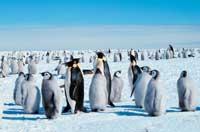
II. From the World War to the present day, seven nations claim ownership of Antarctica. In 1959 they signed the Antarctic Pact and agreed not to own property.
Currently, there are 30 nations that have their bases and there are 60 stations or scientific bases that distribute all the information and infrastructure; they are used for 40 years and the rest only in summer (November-March). The Antarctic winter is very hard and dark. Therefore, medical, psychological, sociological investigations are carried out... to those who live on the bases to collect relevant information about the human being.
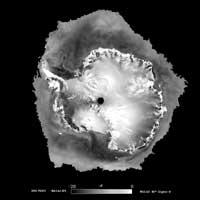
In short, expanding the knowledge of Antarctica means knowing processes all over the planet. This is what makes Antarctic research essential.
Today, getting to and working in Antarctica remains difficult. However, a group of animated international scientists collaborate to discover the secrets or secrets of Antarctica's ice, rock, sea and atmosphere. Antarctica has become the symbol and model of humanity's curiosity for knowledge, international cooperation and environmental conservation.
Jerónimo López is
a PhD in Geological Sciences and professor of external geodynamics at the Autonomous University of Madrid. He has participated in 30 expeditions to the most important mountain ranges in the world, including Everest (8,848 m) and Vinson (4,898 m), and has visited Antarctica seven times. He is vice-president of the Antarctic Research Commission (SCAR) and the European Pollard Board within the European Science Foundation. Author of 160 scientific publications, 70 of them devoted to Antarctica. In the most prestigious international magazines of his specialty ( Geology, Geomorphology, Antartic Science... ) Has published 30 articles.

Gai honi buruzko eduki gehiago
Elhuyarrek garatutako teknologia




